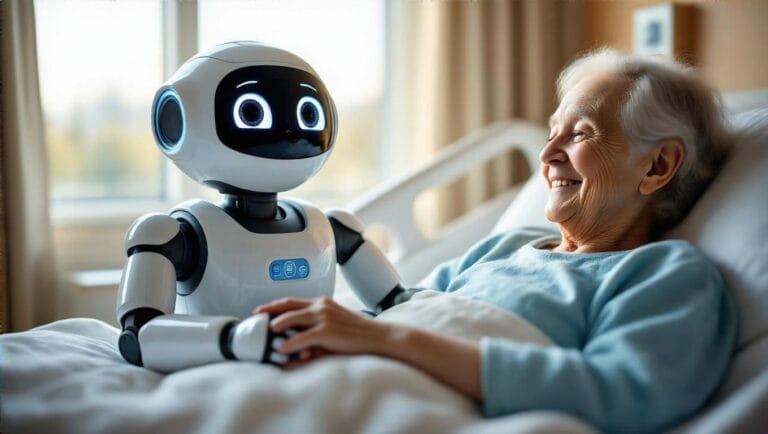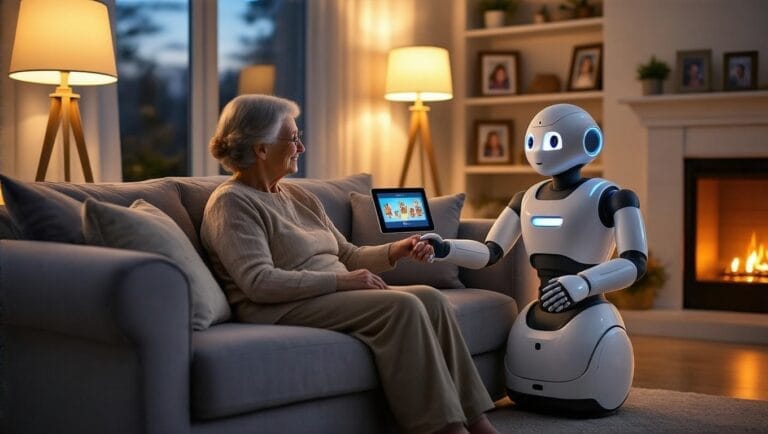Answer just a few questions and we'll have you matchedwith your perfect Companion Robot!Click now for your FREE custom report!
Emotional Support Robots: Can AI Companions Really Help with Anxiety?
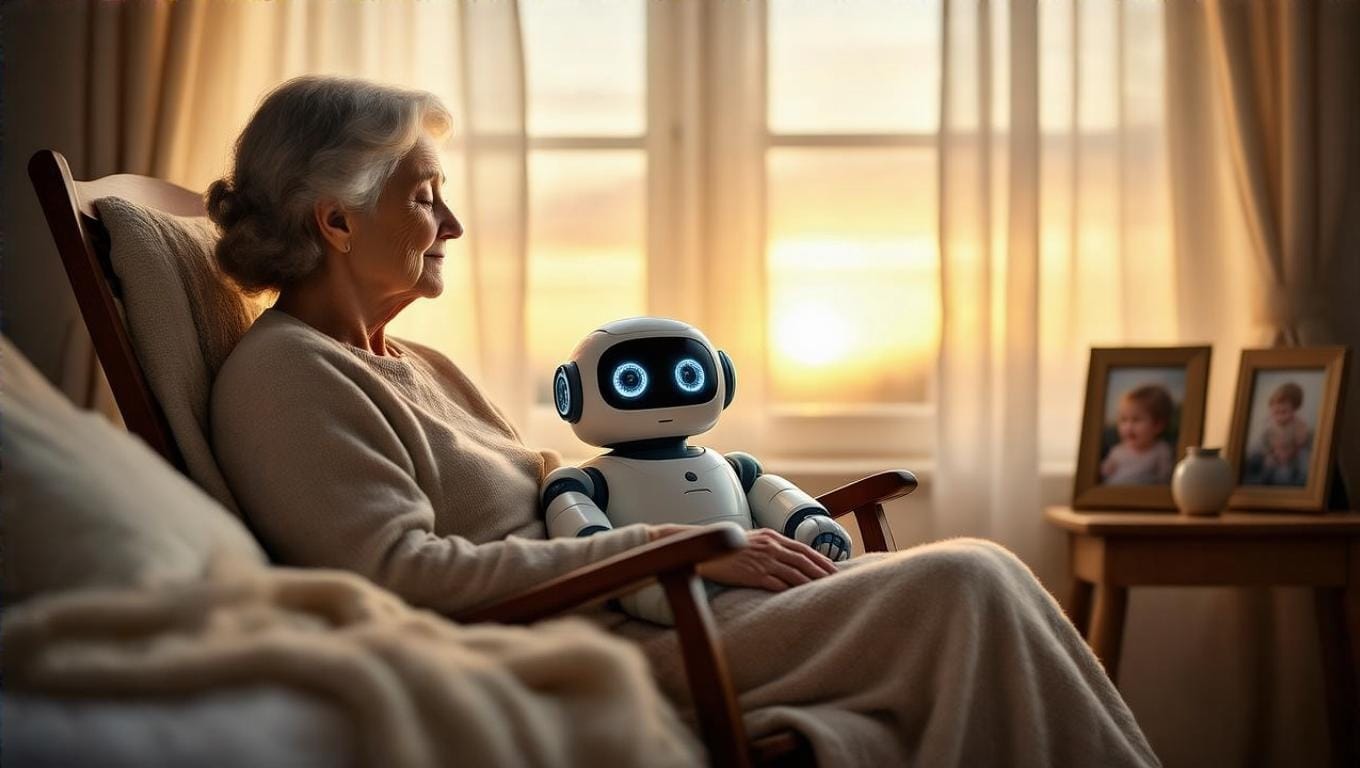
Emotional Support Robots: AI Companions for Anxiety Relief

Let’s face it, we’re living in a world where even our toasters are getting smarter. So, it’s no surprise that emotional support robots are now a thing. These high-tech companions are designed to help people cope with anxiety, loneliness, and other mental health challenges. But can a chunk of metal and circuits really replace a warm, fuzzy therapy dog? Let’s dive in and find out.
What Exactly Are Emotional Support Robots?
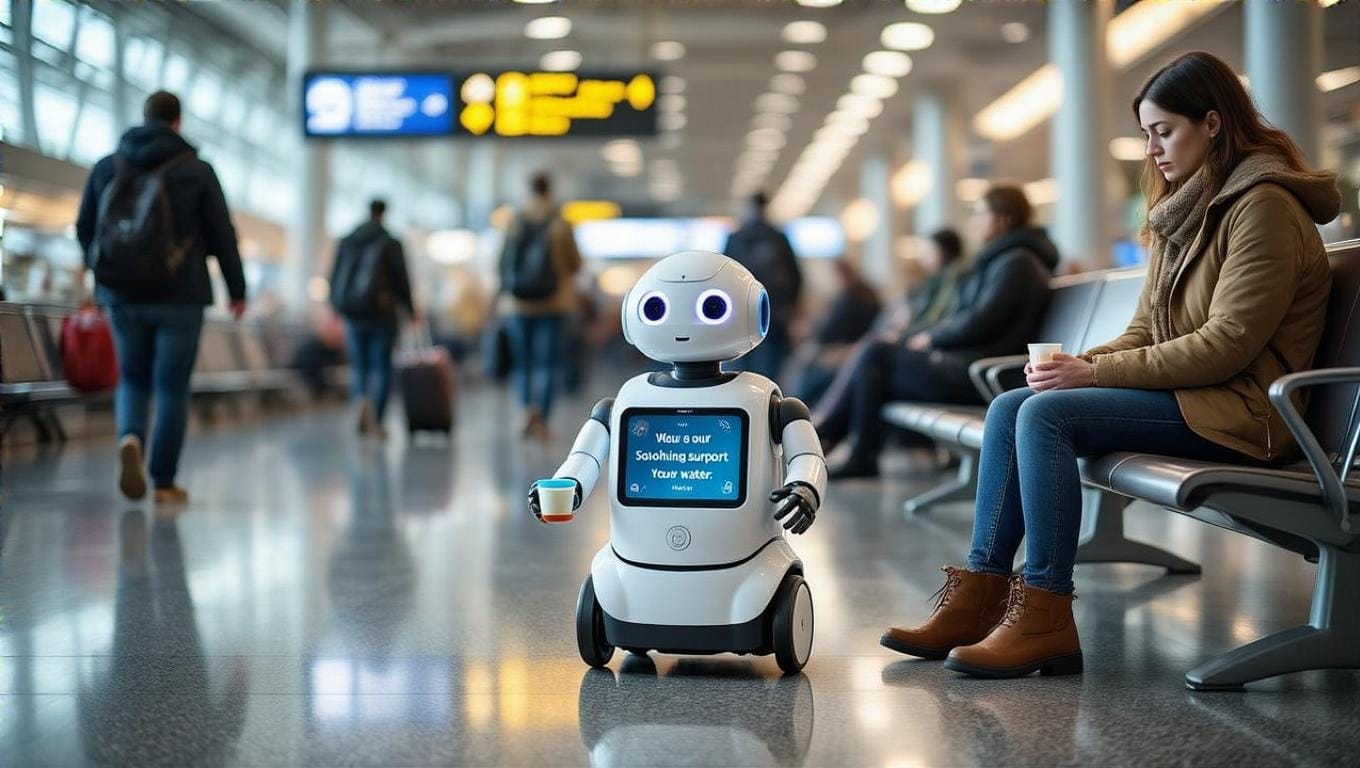
Emotional support robots are AI-powered devices created to provide comfort and companionship to humans. Think of them as the love child of a smartphone and a teddy bear, but with better conversation skills. These robots come in various shapes and sizes, from cute animal-like creatures to more humanoid designs.
Some popular examples include:
- Paro: A fluffy seal robot used in therapy settings
- ElliQ: A tabletop robot designed for elderly companionship
- Lovot: A quirky, wheel-based robot that demands affection
These bots use a combination of sensors, cameras, and AI algorithms to interact with users, respond to touch, and even recognize emotions.
The Science Behind Emotional Support Robots
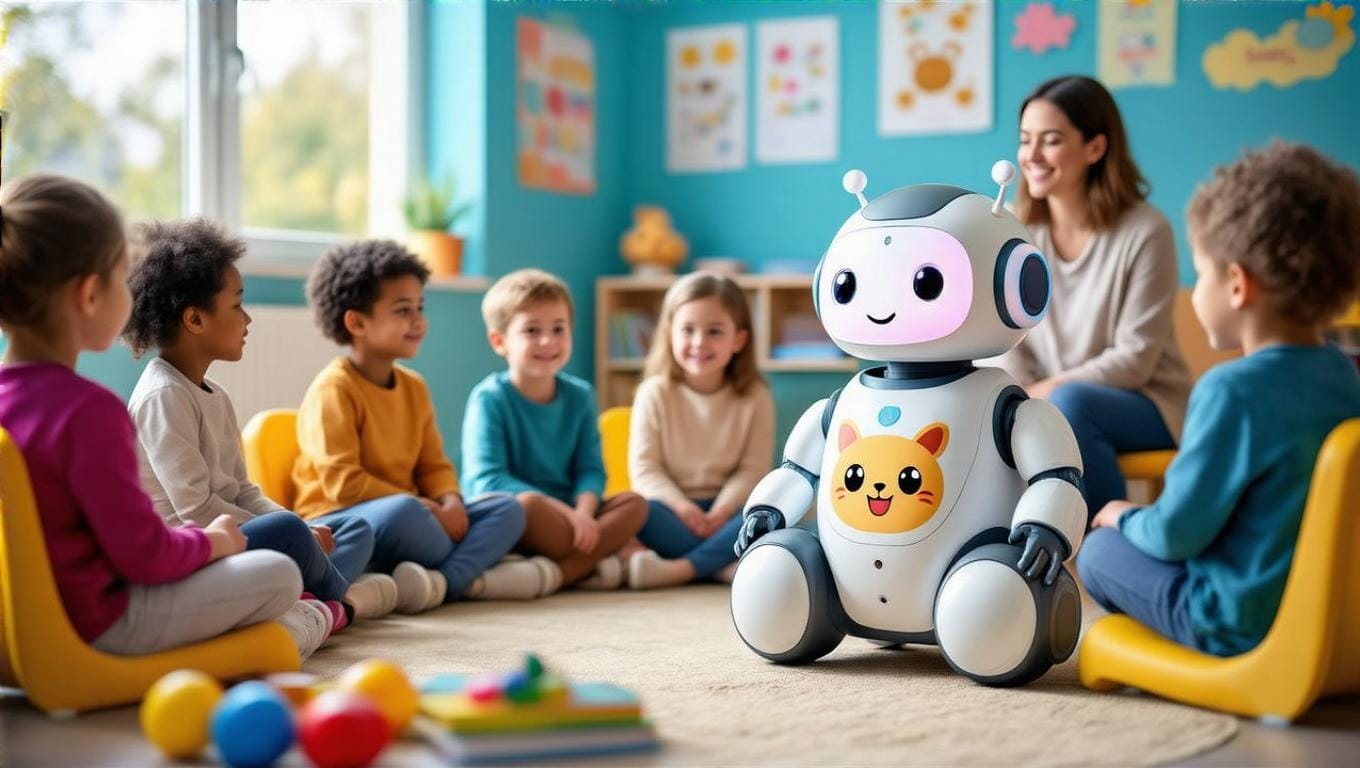
Now, you might be thinking, “Great, another gadget to add to my growing collection of ‘smart’ devices that judge my life choices.” But hear me out – there’s some actual science backing up the potential benefits of these robo-buddies.
Research suggests that interacting with emotional support robots can:
- Reduce stress and anxiety levels
- Improve mood and emotional well-being
- Provide a sense of companionship and reduce loneliness
- Encourage social interaction in group settings
A study published in the Journal of Medical Internet Research found that using a social robot for just 2 weeks led to significant reductions in loneliness and increases in happiness among older adults. Not too shabby for a glorified Roomba with eyes, right?
Can AI Companions Really Help with Anxiety?
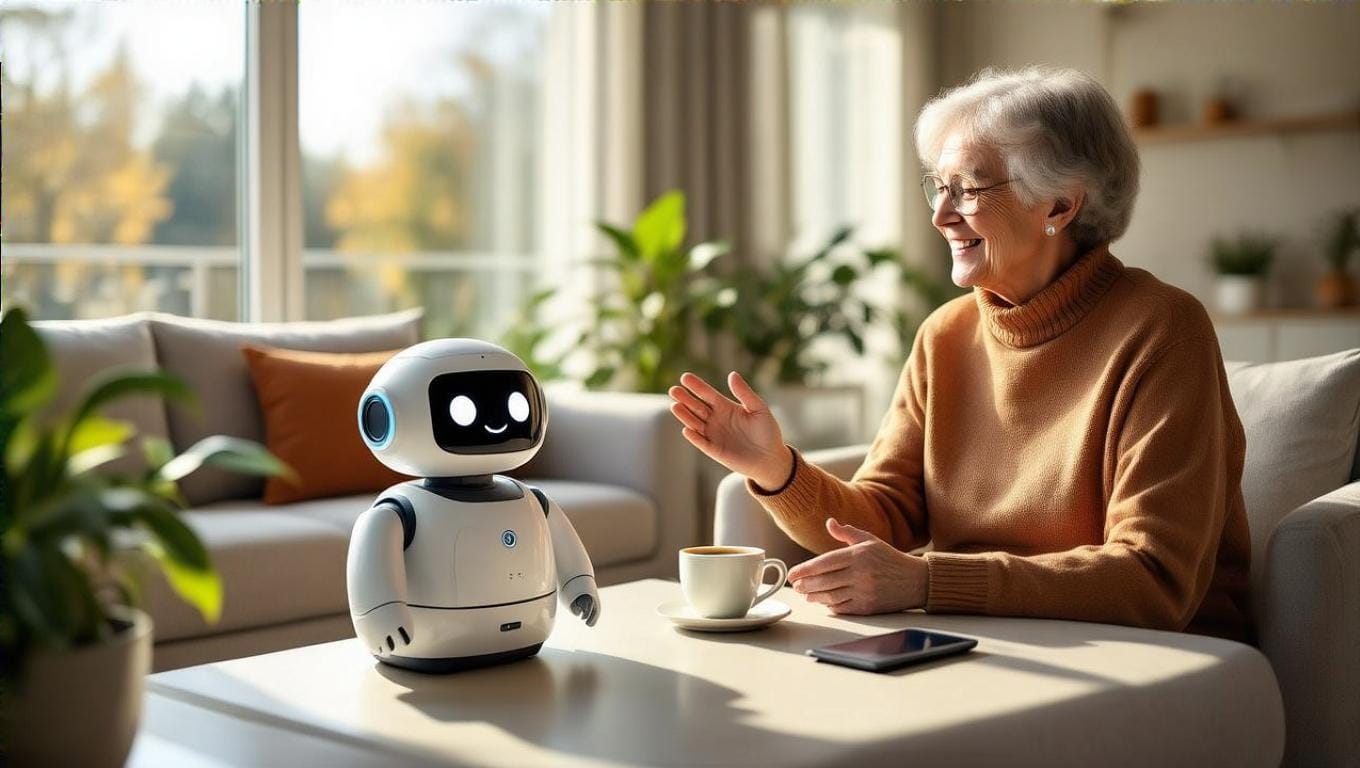
Alright, let’s address the elephant in the room (or should I say, the robot in the room?): Can these artificial friends actually help people deal with anxiety?
The short answer is: Maybe.
The long answer is: It’s complicated, but there’s promising evidence.
Several studies have shown that emotional support robots can have a positive impact on anxiety symptoms. For example, a 2019 study in the International Journal of Social Robotics found that interacting with a social robot reduced anxiety and improved mood in hospital patients.
Here’s a breakdown of how emotional support robots for anxiety might help:
- Constant availability: Unlike human therapists or friends, robots are always there when you need them.
- Non-judgmental presence: Robots won’t roll their eyes when you vent about your ex for the 100th time.
- Calming interactions: Many robots are designed with soothing voices and gentle movements.
- Distraction: Engaging with a robot can take your mind off anxious thoughts.
- Routine and structure: Regular interactions with a robot can provide a sense of stability.
But before you rush out to replace your therapist with R2-D2, keep in mind that emotional support robots are not a cure-all. They’re best viewed as a complementary tool in a broader mental health strategy.
The Pros and Cons of Robo-Emotional Support
Like any technology, emotional support robots have their upsides and downsides. Let’s break it down:
Pros:
- 24/7 availability
- No judgment or stigma
- Consistent behavior and responses
- Can be programmed for specific needs
- May be more approachable for some people than human interaction
Cons:
- Lack of genuine empathy
- Limited ability to handle complex emotional situations
- Potential for over-reliance or addiction
- Privacy concerns (they’re still collecting data, after all)
- Can’t replace human connection entirely
Real-World Applications: Where Are Emotional Support Robots Being Used?
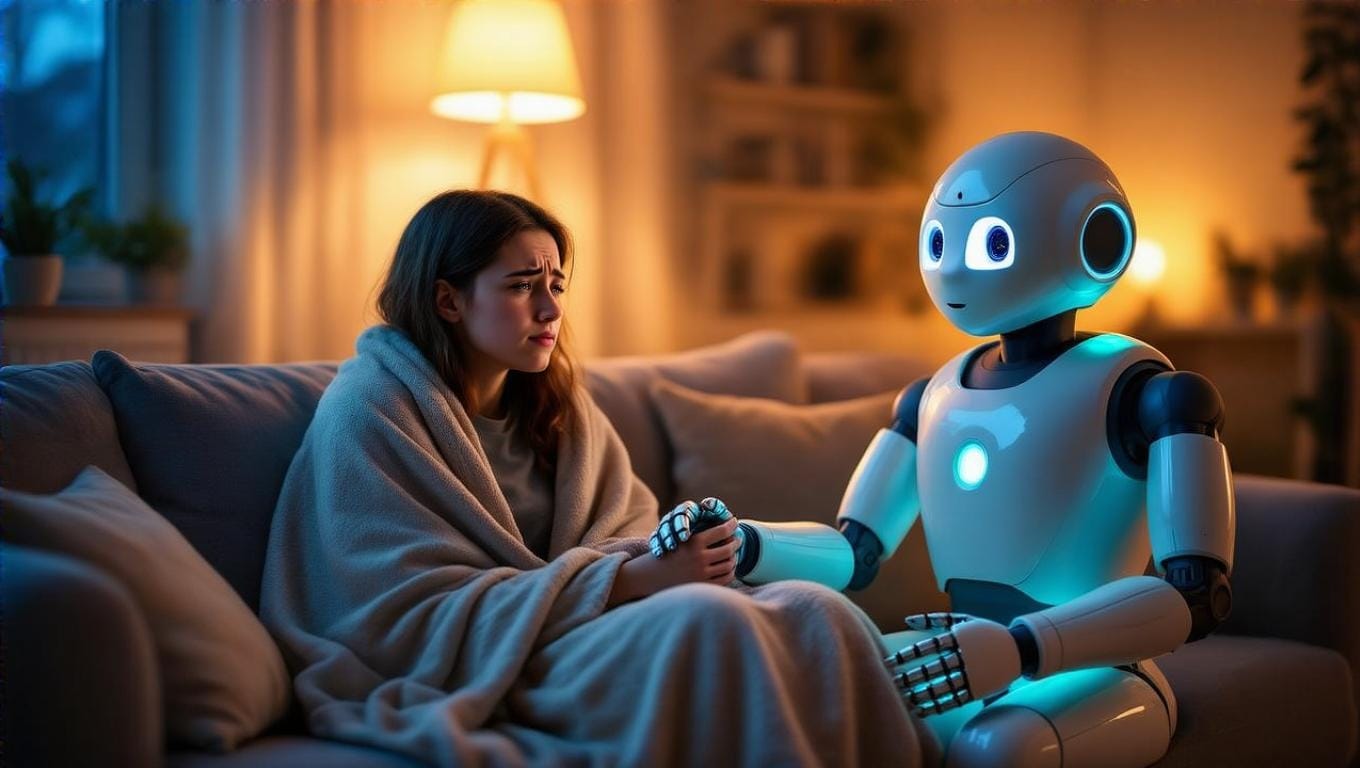
Emotional support robots aren’t just futuristic concepts – they’re already being put to work in various settings. Here are some real-world applications:
Healthcare facilities: Robots like Paro are used in hospitals and nursing homes to comfort patients and reduce stress.
Schools: Some educational institutions are experimenting with robots to support students with autism or anxiety disorders.
Home care: Robots like ElliQ are designed to provide companionship and assistance to elderly individuals living alone.
Mental health treatment: Some therapists are incorporating robot-assisted therapy into their practice for patients with anxiety or depression.
Public spaces: In Japan, robots are being tested in airports and other public areas to provide information and emotional support to travelers.
The Future of Emotional Support Robots: What’s Next?
As AI technology continues to advance at breakneck speed, the future of emotional support robots looks pretty exciting (or terrifying, depending on your stance on the inevitable robot uprising).
Here are some trends to watch out for:
More sophisticated emotion recognition: Future robots may be able to pick up on subtle emotional cues and respond more appropriately.
Personalized AI companions: Imagine a robot that learns your specific anxiety triggers and tailors its support accordingly.
Integration with other mental health tools: Robots could work in tandem with meditation apps, fitness trackers, and other wellness technologies.
Improved natural language processing: Get ready for more natural, flowing conversations with your robot buddy.
Virtual and augmented reality integration: Emotional support might extend into immersive digital environments.
The Bottom Line: Are Emotional Support Robots Worth It?
So, should you trade in your emotional support animal for a shiny new robot? Well, that depends on your individual needs, preferences, and comfort level with technology.
Emotional support robots show promise in helping people manage anxiety and other mental health challenges. They offer unique benefits like constant availability and non-judgmental support. However, they’re not a replacement for human connection or professional mental health care.
If you’re curious about trying an emotional support robot, consider it as one tool in your mental health toolkit, alongside therapy, medication (if prescribed), exercise, and good old-fashioned human interaction.
Remember, at the end of the day, even the most advanced robot can’t give you a real hug or share a pint with you after a tough day. But hey, at least it won’t eat the last slice of pizza or hog the remote. Small victories, right?


